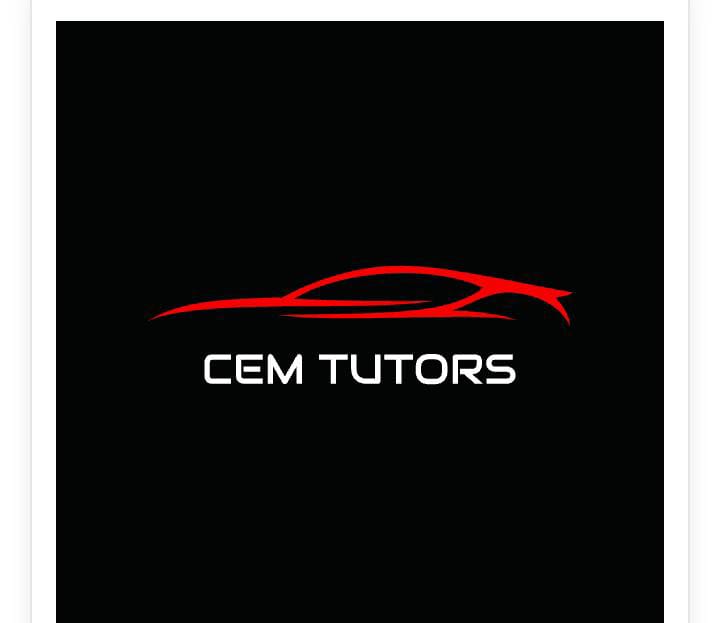seven challenging organic chemistry questions along with detailed step-by-step solutions
 |
| seven challenging organic chemistry questions along with detailed step-by-step solutions: |
### Question 1: Substitution Reaction
**Problem:** Consider the reaction of 2-bromopropane with sodium iodide in acetone. Propose a reaction mechanism for this substitution reaction, including the formation of any relevant intermediates.
**Solution:**
The reaction proceeds through an S<sub>N</sub>2 mechanism. Here's the step-by-step mechanism:
1. **Formation of Sodium Propoxide:** Sodium iodide (NaI) reacts with acetone to form sodium acetone enolate, which is a strong base. It deprotonates 2-bromopropane to form sodium propoxide as an intermediate.
2. **Substitution (S<sub>N</sub>2):** Sodium propoxide acts as a nucleophile and attacks the carbon atom of the alkyl halide, leading to the displacement of bromine. Simultaneously, iodine is formed as a leaving group.
### Question 2: Stereochemistry in Reactions
**Problem:** Explain the stereochemistry involved in the hydroboration-oxidation reaction of 1-butene. What is the configuration of the product, and why?
**Solution:**
In the hydroboration-oxidation reaction of 1-butene, anti-Markovnikov addition occurs. This results in the formation of syn-addition of hydrogen and boron, meaning that both hydrogen and boron are added to the same face of the double bond.
The final product is a trans-alkylborane. During the oxidation step, the boron atom is replaced by an OH group. Since the boron and hydrogen were added to the same face, the final product is an anti addition of OH groups, leading to a trans-diol.
### Question 3: Aromatic Chemistry
**Problem:** Describe the mechanism of electrophilic aromatic substitution in the synthesis of chlorobenzene from benzene using chlorine gas. Include resonance structures.
**Solution:**
The mechanism for the electrophilic aromatic substitution of benzene with chlorine gas involves several steps:
1. **Chlorine Activation:** Chlorine gas (Cl<sub>2</sub>) is activated by UV light or heat to form chlorine radicals (Cl∙).
2. **Generation of Electrophile:** One of the chlorine radicals attacks an iron (Fe) catalyst to form FeCl<sub>3</sub> and a highly reactive electrophile, Cl<sub>+</sub>.
3. **Electrophilic Attack:** The electrophile Cl<sub>+</sub> attacks the benzene ring, forming a sigma complex. The electrons of the aromatic ring shift to create a resonance structure.
4. **Loss of a Proton:** A proton is lost from the sigma complex to regenerate the aromaticity of the benzene ring. This step is facilitated by the FeCl<sub>3</sub> catalyst.
5. **Formation of Chlorobenzene:** The result is the formation of chlorobenzene, with a new chlorine atom substituted onto the benzene ring.
### Question 4: Isomerism
**Problem:** Given the molecular formula C<sub>5</sub>H<sub>12</sub>O, propose two isomeric structures and name the type of isomerism each represents.
**Solution:**
1. **Isomer 1: Pentanol (n-pentanol)**
- Structure: CH<sub>3</sub>CH<sub>2</sub>CH<sub>2</sub>CH<sub>2</sub>CH<sub>2</sub>OH
- This isomer represents a **straight-chain (n-) isomer**.
2. **Isomer 2: Isopentanol (2-methyl-1-propanol)**
- Structure: CH<sub>3</sub>CHOHCH<sub>2</sub>CH<sub>2</sub>CH<sub>3</sub>
- This isomer represents a **branched-chain isomer**.
### Question 5: Stereoisomerism
**Problem:** Explain the concept of enantiomerism and provide an example of a pair of enantiomers, including their structures.
**Solution:**
Enantiomers are stereoisomers that are non-superimposable mirror images of each other. They have identical physical properties except for their interaction with plane-polarized light (optical activity).
**Example: Enantiomers of 2-chlorobutane**
- Structure 1: (R)-2-chlorobutane
- It rotates plane-polarized light in a clockwise (dextrorotatory) direction.
- Structure 2: (S)-2-chlorobutane
- It rotates plane-polarized light in a counterclockwise (levorotatory) direction.
These two isomers are enantiomers because they are mirror images of each other and cannot be superimposed.
### Question 6: Nomenclature
**Problem:** Name the following organic compound: CH<sub>3</sub>CH<sub>2</sub>CH<sub>2</sub>COOH.
**Solution:**
The given compound is a carboxylic acid. To name it:
1. Identify the parent chain: It contains 4 carbon atoms, so it's butanoic acid.
2. Number the carbon atoms: Start numbering from the carboxyl (COOH) end to give the carboxyl group the lowest possible number.
3. Name the substituents: In this case, there are no substituents.
4. Combine: The name is "butanoic acid."
### Question 7: Reaction Mechanism
**Problem:** Explain the reaction mechanism of the Fischer esterification process to synthesize esters. Provide the balanced chemical equation and discuss the role of acid as a catalyst.
**Solution:**
The Fischer esterification is a reaction between a carboxylic acid and an alcohol to produce an ester. Here's the reaction mechanism:
**Step 1: Protonation of the Carbonyl Oxygen**
- The carboxylic acid is protonated by the acid catalyst (typically concentrated sulfuric acid, H<sub>2</sub>SO<sub>4</sub>). This forms a protonated carboxylic acid intermediate.
**Step 2: Nucleophilic Attack by Alcohol**
- The alcohol acts as a nucleophile, attacking the carbonyl carbon of the protonated carboxylic acid.
**Step 3: Formation of an Intermediate**
- This leads to the formation of an intermediate compound known as an acylium ion.
**Step 4: Deprotonation**
- A water molecule in the reaction mixture deprotonates the acylium ion, regenerating the acid catalyst and forming the ester product.
**Balanced Equation:**
CH<sub>3</sub>COOH + CH<sub>3</sub>OH ⇌ CH<sub>3</sub>C(O)OCH<sub>3</sub> + H<sub>2</sub>O
The acid catalyst plays a crucial role in this process by facilitating the protonation of the carbonyl oxygen and assisting in the deprotonation step. It speeds up the reaction





